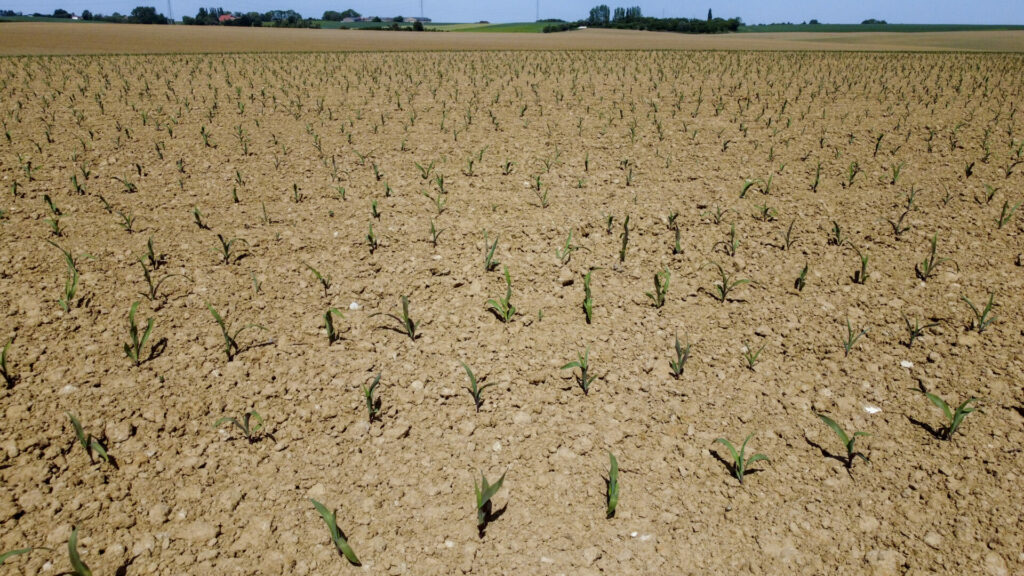Climate change caused by human activity has made summer droughts in the northern hemisphere "at least 20 times more likely," a group of international scientists concluded in a study published on Wednesday.
Without global warming, such droughts, affecting Europe, China or the United States, are likely to occur approximately every 400 years or even less frequently, according to researchers from the World Weather Attribution (WWA) network.
As a result of current climate trends, they are likely to occur every 20 years, notes the WMA, a network of pioneering researchers into the links between extreme events and climate change.
This year's summer drought affected many European countries, starting with France, with dry rivers and restrictions in some localities. Parts of the United States and China were also affected. The consequences were felt in agriculture, with declining harvests and possible effects on already high inflation. This situation has also favoured forest fires and disrupted the production of electricity, particularly hydraulic energy and nuclear power.
The probability of a lack of soil moisture in the root zone - the part of the soil corresponding to 1 metre below the ground where plants extract water to feed themselves - has increased by a factor of "at least 20," according to the researchers. Agricultural or ecological drought occurs when this zone is affected.
The probability of a lack of moisture in the top seven centimetres of soil has increased by a factor of five, the researchers note.
However, as is usually the case for quantities that are difficult to observe, the exact figures are uncertain, they warn, adding that "estimates of the influence of climate change in the study are conservative: the true influence of human activities is likely higher."

